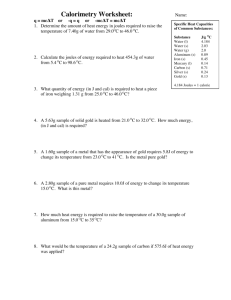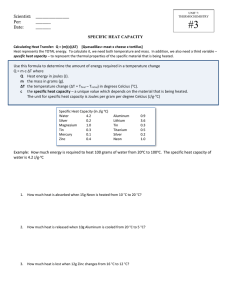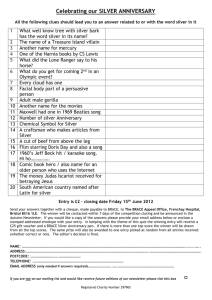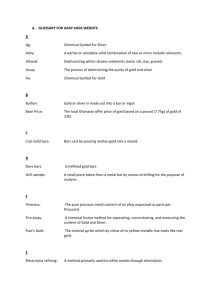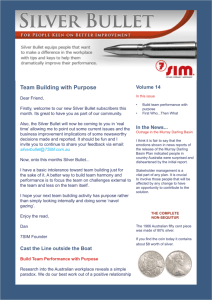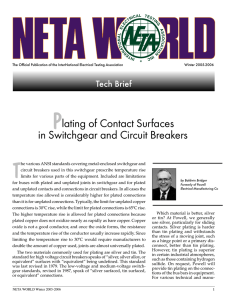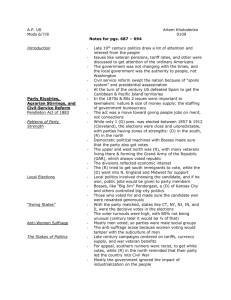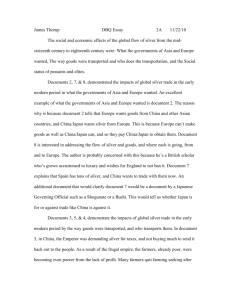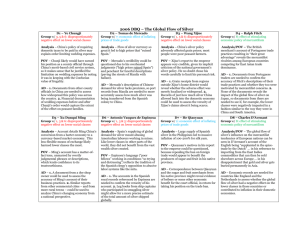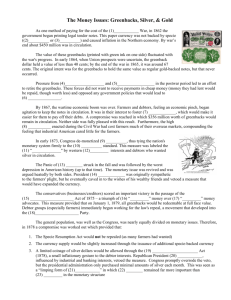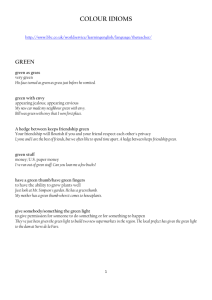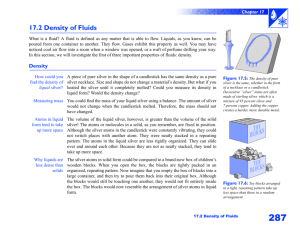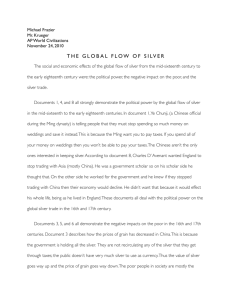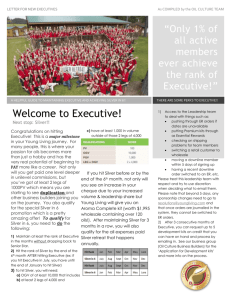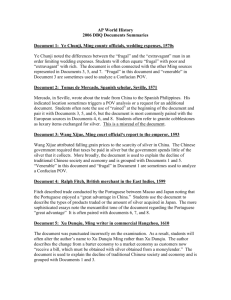Instructor`s Copy Postlab Questions
advertisement
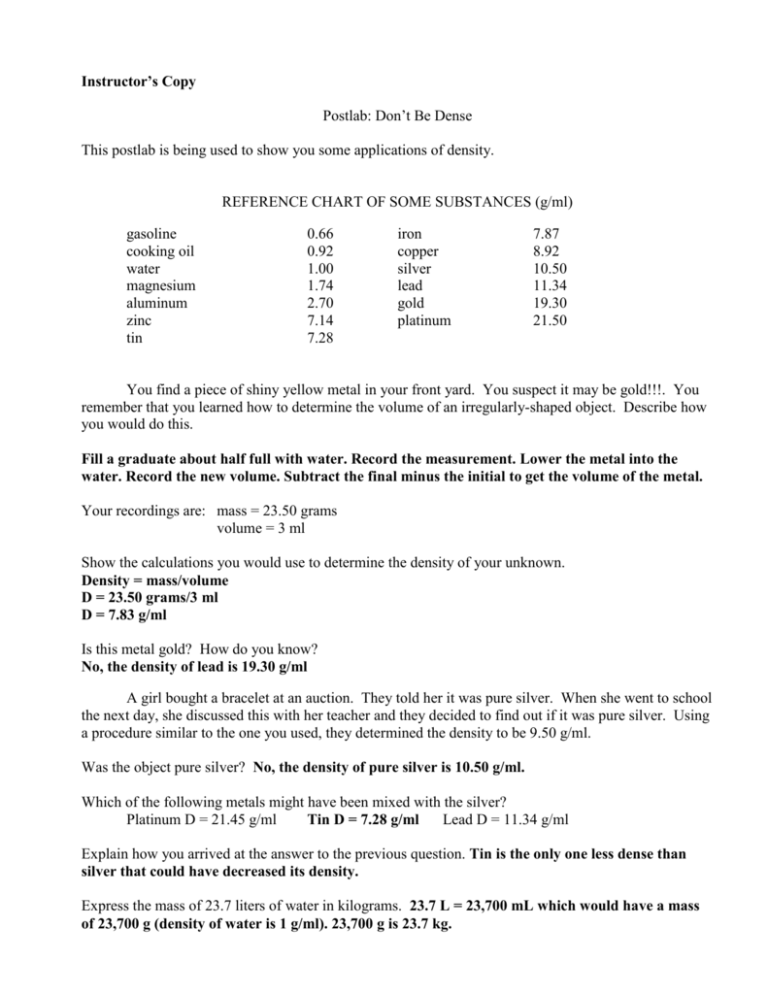
Instructor’s Copy Postlab: Don’t Be Dense This postlab is being used to show you some applications of density. REFERENCE CHART OF SOME SUBSTANCES (g/ml) gasoline cooking oil water magnesium aluminum zinc tin 0.66 0.92 1.00 1.74 2.70 7.14 7.28 iron copper silver lead gold platinum 7.87 8.92 10.50 11.34 19.30 21.50 You find a piece of shiny yellow metal in your front yard. You suspect it may be gold!!!. You remember that you learned how to determine the volume of an irregularly-shaped object. Describe how you would do this. Fill a graduate about half full with water. Record the measurement. Lower the metal into the water. Record the new volume. Subtract the final minus the initial to get the volume of the metal. Your recordings are: mass = 23.50 grams volume = 3 ml Show the calculations you would use to determine the density of your unknown. Density = mass/volume D = 23.50 grams/3 ml D = 7.83 g/ml Is this metal gold? How do you know? No, the density of lead is 19.30 g/ml A girl bought a bracelet at an auction. They told her it was pure silver. When she went to school the next day, she discussed this with her teacher and they decided to find out if it was pure silver. Using a procedure similar to the one you used, they determined the density to be 9.50 g/ml. Was the object pure silver? No, the density of pure silver is 10.50 g/ml. Which of the following metals might have been mixed with the silver? Platinum D = 21.45 g/ml Tin D = 7.28 g/ml Lead D = 11.34 g/ml Explain how you arrived at the answer to the previous question. Tin is the only one less dense than silver that could have decreased its density. Express the mass of 23.7 liters of water in kilograms. 23.7 L = 23,700 mL which would have a mass of 23,700 g (density of water is 1 g/ml). 23,700 g is 23.7 kg.
